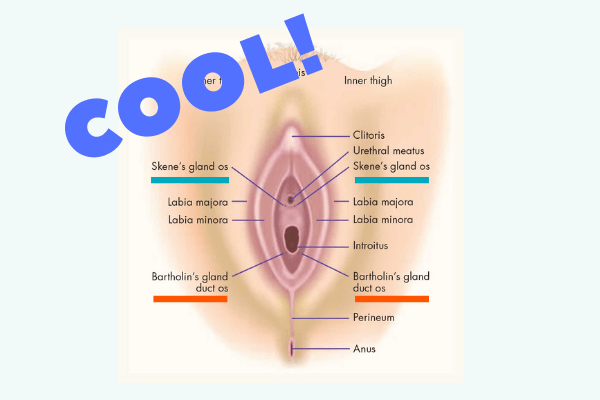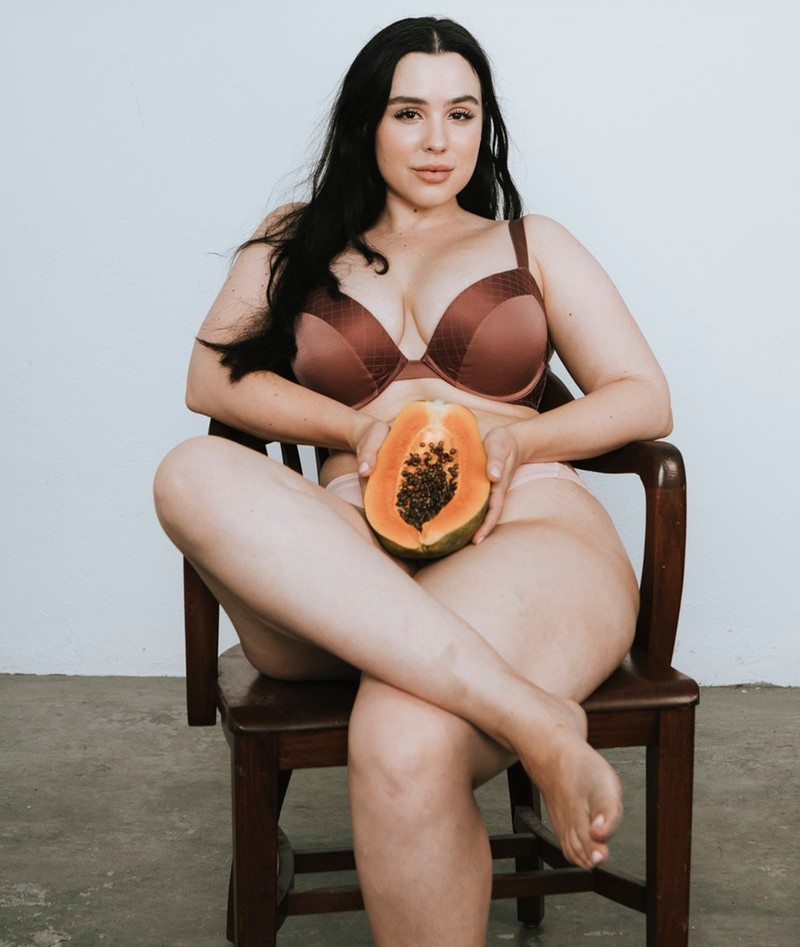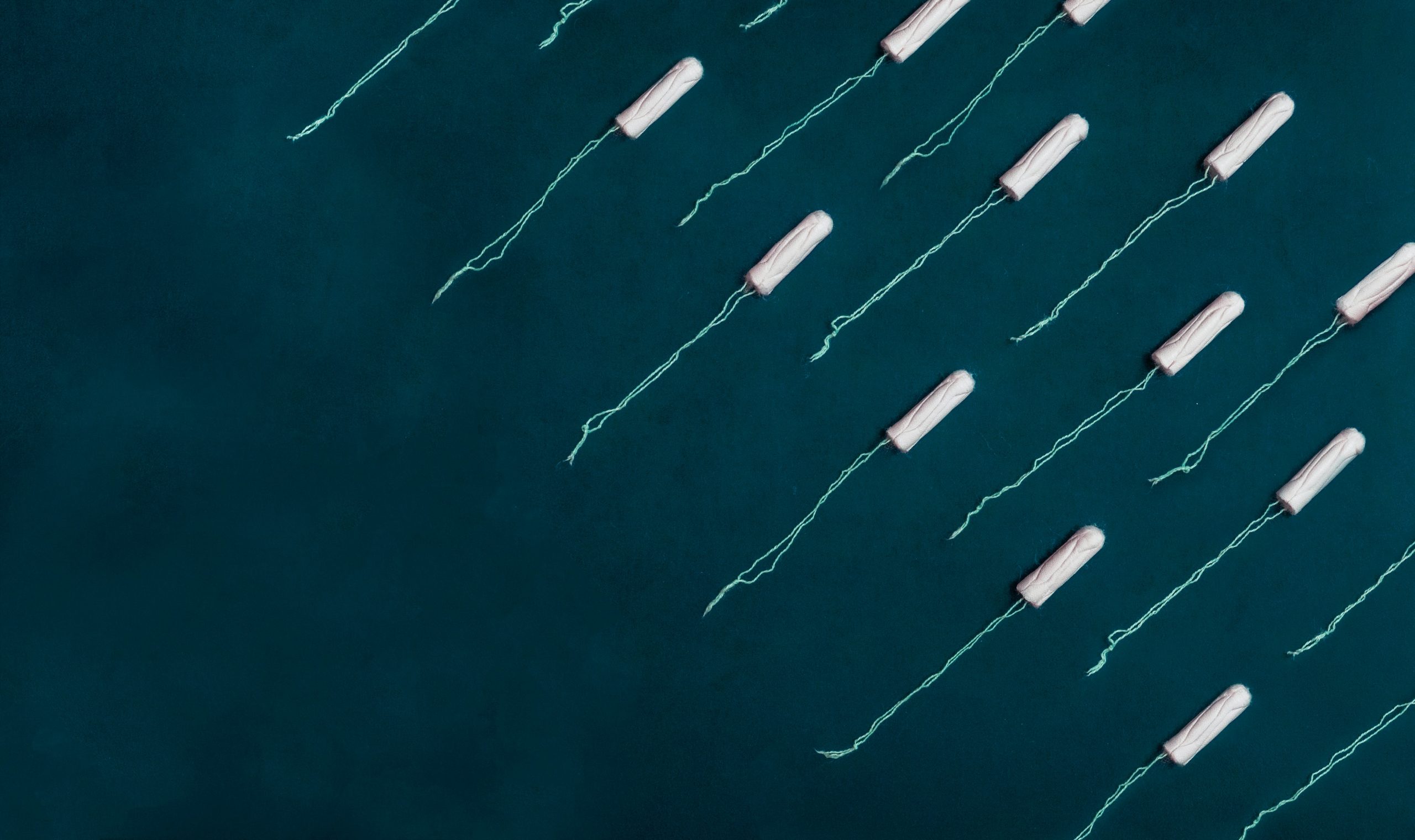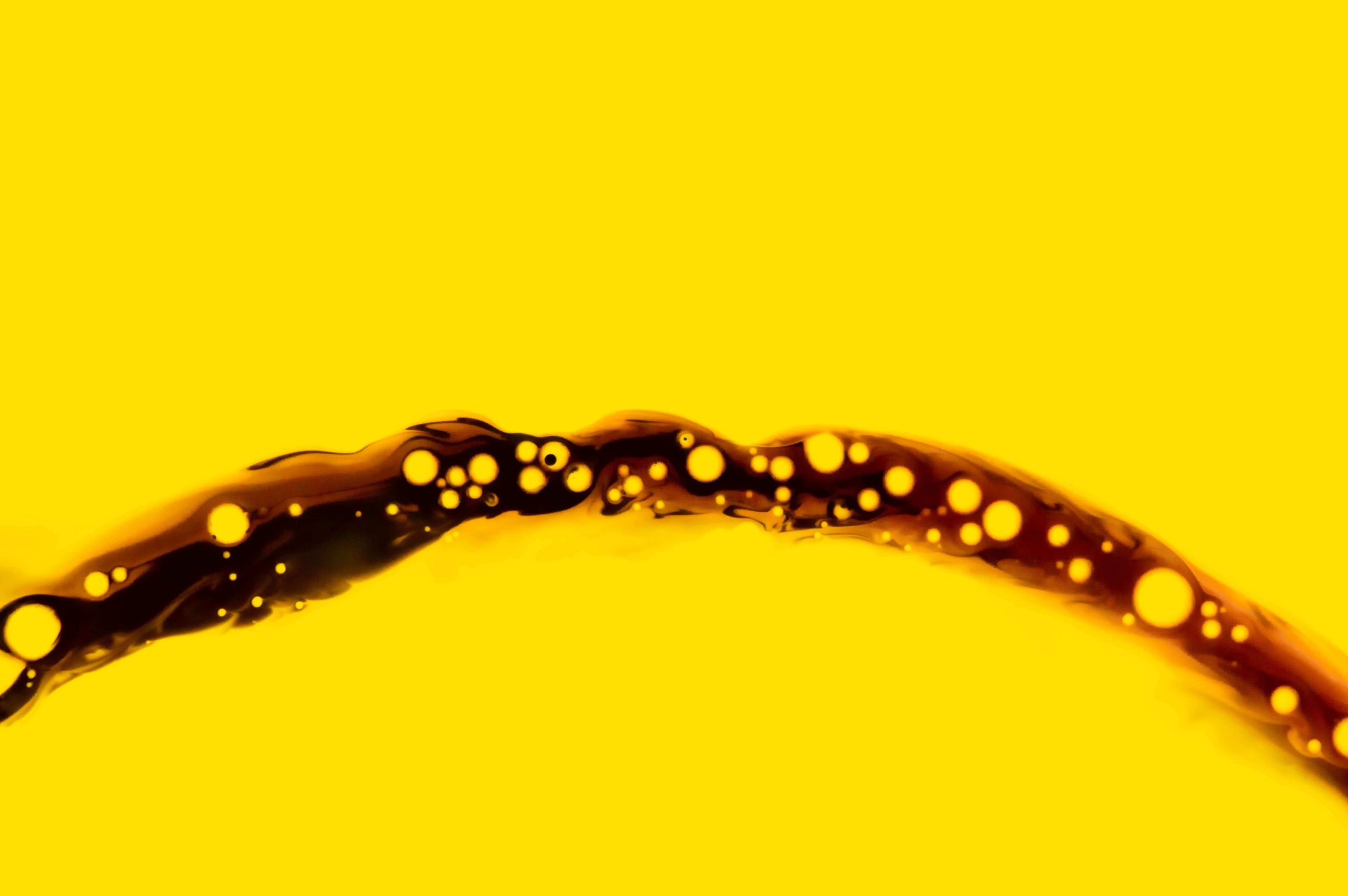
Skene’s Glands Vs. Bartholin’s – Vaginas Make Their Own Lube!

Laureen HD
Sex Educator
Get this. when turned on, the vagina naturally releases lubricants (that’s right… lubricants plural) multiple fluids from multiple places to make sex more comfortable, safer, and more fun. #mindblown
You read That Right...
The Vagina Is Constantly Working To Protect You And Your Reproductive System, And Two Major Glands—Bartholin’s And Skene’s Glands—Are There To Keep Everything Running Smoothly.

Here’s how they help a lovah out:
Meet the Bartholin's Glands
Where they Live
To the left and right of the vaginal opening, there are two teeny, tiny holes on the vulva. That’s them! These pea-sized glands are called Bartholin’s glands (1)—named after the Danish anatomist who first wrote about them—and they make your vagina wet when you’re aroused. (2)
Compared to the normal discharge that comes and goes throughout your cycle, the fluid produced by your Bartholin’s glands is a lot slicker and thinner, so it can spread more easily to your vaginal walls, labia, and clitoris which makes sex more comfortable.
Meet the Skene's Glands
Where They Live
The openings of Skene’s glands(3) sit on either side of your urethra, and the glands themselves sit tucked inside the front wall of your vagina, right at the G-spot. Fluid from the Skene’s glands is released through your pee-hole. But it’s not pee.
Here's the Scoop
Yep, you read it right: “squirting” aka “female ejaculation” comes from the Skene’s glands, and it’s not pee!
Increased blood flow to the genitalia during arousal activates the Skene’s glands to produce a milky-white secretion, which includes enzymes resembling that of male prostate fluid. (The Skene’s Glands are often referred to as ‘female prostate’ because of this!)
What Does It feel like?Can Anyone Do It?
Rumor has it, it feels like you’ve peed yourself when you experience it. But fear not, the only pee the fluid may contain comes from the fact that it is expelled through the urethra, rather than the vagina. #interesting. How much ejaculation is possible? We’ve heard stories of anywhere from just a few drops to enough that the sheets were soaked.
There is still much debate whether all people with vaginas can ejaculate. Researchers in the 80s documented that G-spot stimulation leads to a higher probability of vaginal ejaculation(4) and many sex coaches claim that it can be learned by all.(5) But one thing is off debate: your pleasure doesn’t have to depend on your ability to squirt.
Some Tidbits Regarding the Skene's
- Liquid from Skene’s glands may have antimicrobial properties, protecting against urinary tract infections. #designedbynature.
- Since you can’t tell the difference at a glance between pee and Skene’s secretion, vaginal ejaculation has been banned entirely from porn in the UK, where urine play (aka watersports) is forbidden.(6) Penile ejaculation is A-OK tho
Words to the Wise
- Bartholin’s cysts occur in about 2% of people with vaginas while Skene duct cysts, on the other hand, are more rare. (7) Cysts usually happen to people with vaginas in their 20s to 30s, but there are treatment options for both!
- Both glands can become blocked, which can cause a small, painless cyst on the gland. If the cyst gets infected, it tends to become larger, red, and painful. If you think you are experiencing this, you should see a doctor to receive treatment.
In Conclusion
The vagina is BADASS. Bartholin’s glands make your vagina wet when sexually aroused so sex is smooth sailing, and Skene’s glands produce and ejaculate a fluid (not pee!) before or during orgasm that may protect your body from infections.(8)
Remember, you do you. Every vagina is different and there’s no “right” way to get off.
All content found on this Website, including: text, images, audio, or other formats, was created for informational purposes only. The Content is not intended to be a substitute for professional medical advice, diagnosis, or treatment. Always seek the advice of your physician or other qualified health provider with any questions you may have regarding a medical condition
1. Lee, Min Y., et al. “Clinical Pathology of Bartholin’s Glands: A Review of the Literature.” Current Urology, vol. 8, no. 1, 20 May 2015, pp. 22–25., doi:10.1159/000365683.
2,3. Parenthood, Planned. “Female Sexual Anatomy | Vulva, Vagina and Breasts.” Planned Parenthood, www.plannedparenthood.org/learn/health-and-wellness/sexual-and-reproductive-anatomy/what-are-parts-female-sexual-anatomy.
4. Castleman, Michael. “Female Ejaculation: What’s Known and Unknown.” Psychology Today, 2 Jan. 2014, www.psychologytoday.com/us/blog/all-about-sex/201401/female-ejaculation-what-s-known-and-unknown.
5. Sundahl, Deborah. Female Ejaculation & the G-Spot: Not Your Mother’s Orgasm Book! Hunter House, an Imprint of Turner Publishing Company, 2014.
6. Golby, Joel. “We Called the UK Ejaculation Police to Find Out Why Squirting Vaginas Are Illegal and Jizzing Cocks Are Fine.” Vice, Vice, 2 Dec. 2014, www.vice.com/en_uk/article/nnqy3g/joel-golby-ejaculation-police-squirting-vaginas-jizzing-cocks-808.
7. Köse, Osman, et al. “Experiences with the Management of Paraurethral Cysts in Adult Women.” Central European Journal of Urology, vol. 66, no. 04, 19 Dec. 2013, doi:10.5173/ceju.2013.04.art24.
8. Moalem, Sharon, and Joy S. Reidenberg. “Does Female Ejaculation Serve an Antimicrobial Purpose?” Medical Hypotheses, vol. 73, no. 6, Dec. 2009, pp. 1069–1071., doi:10.1016/j.mehy.2009.07.024.




